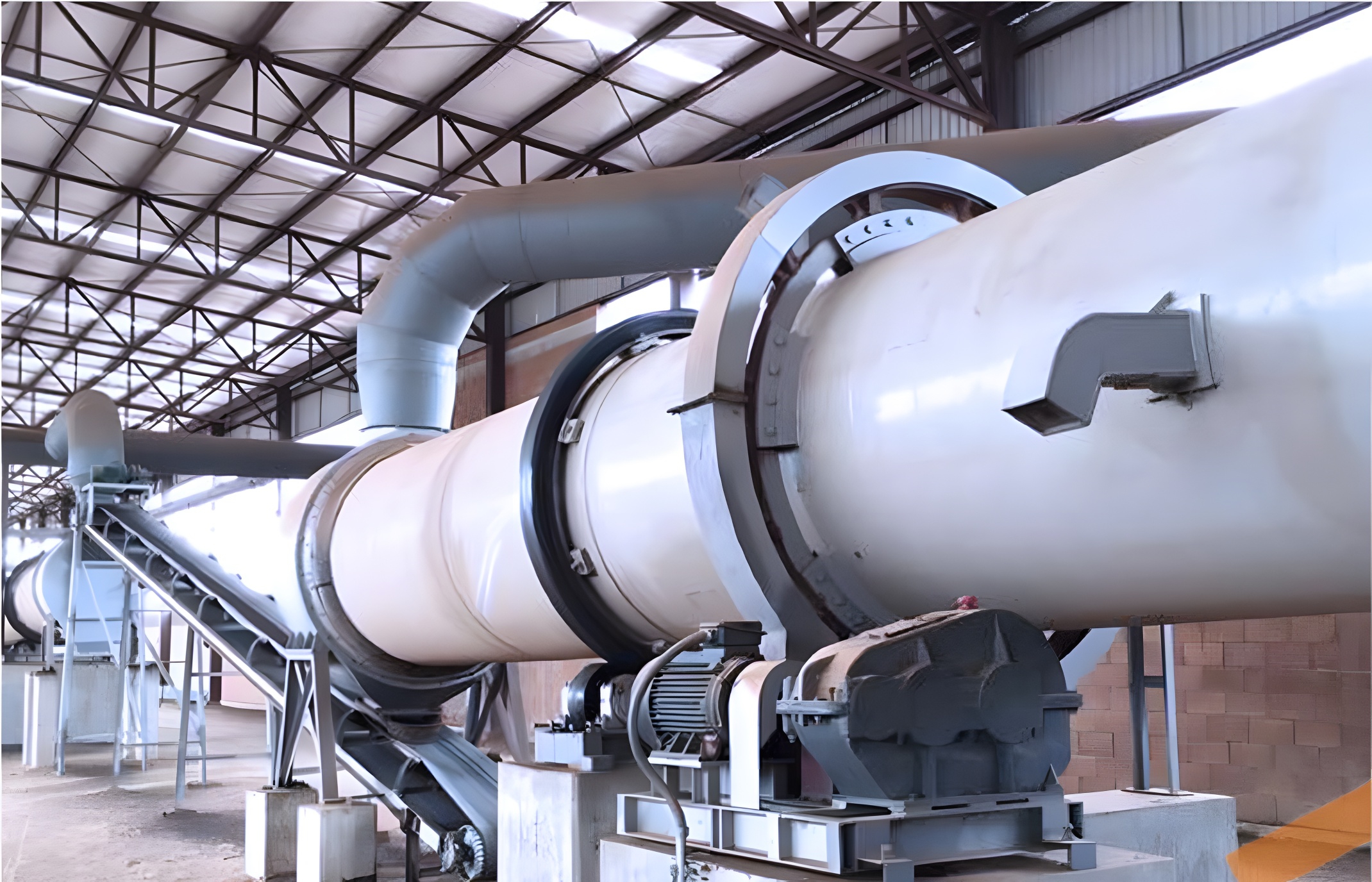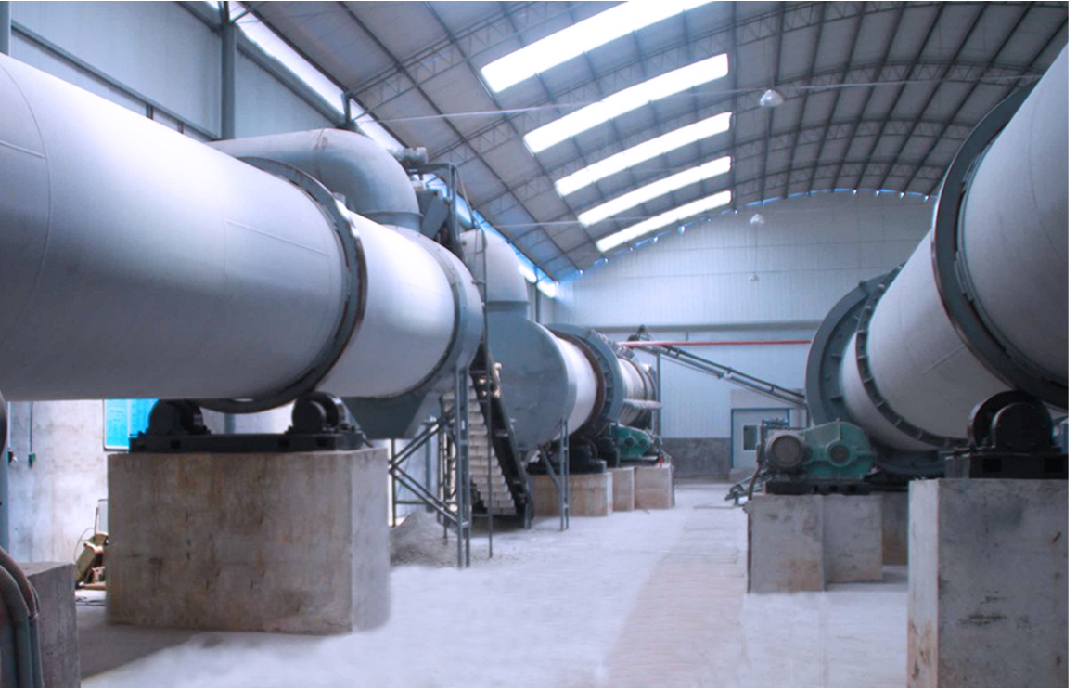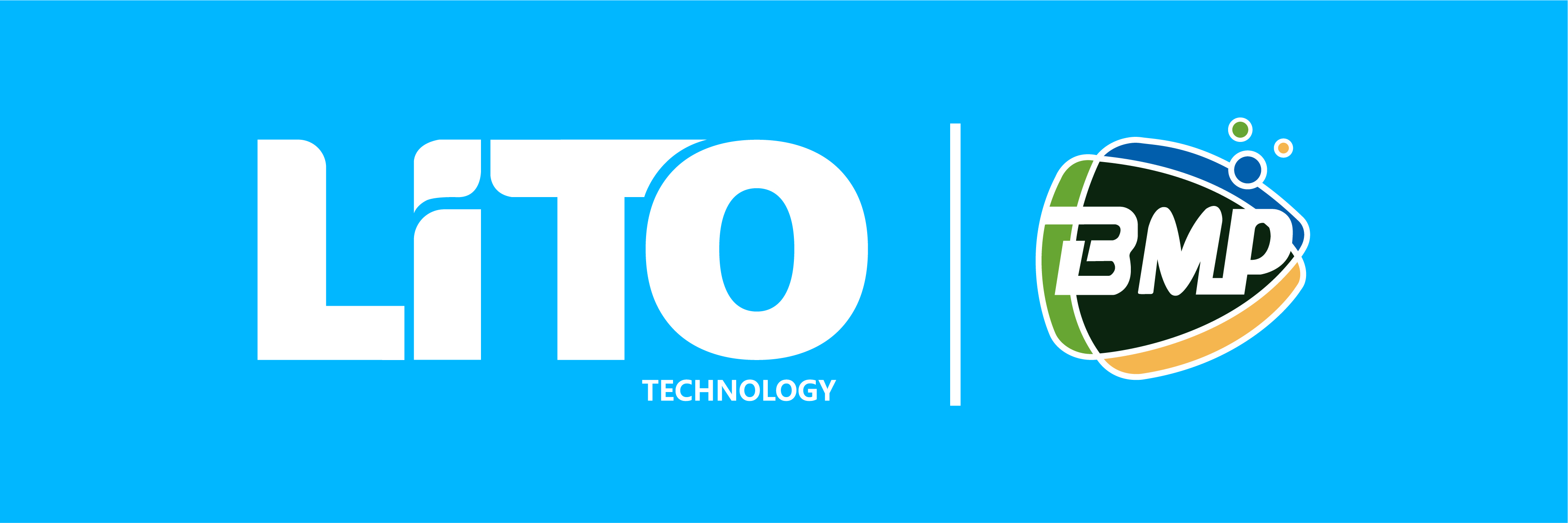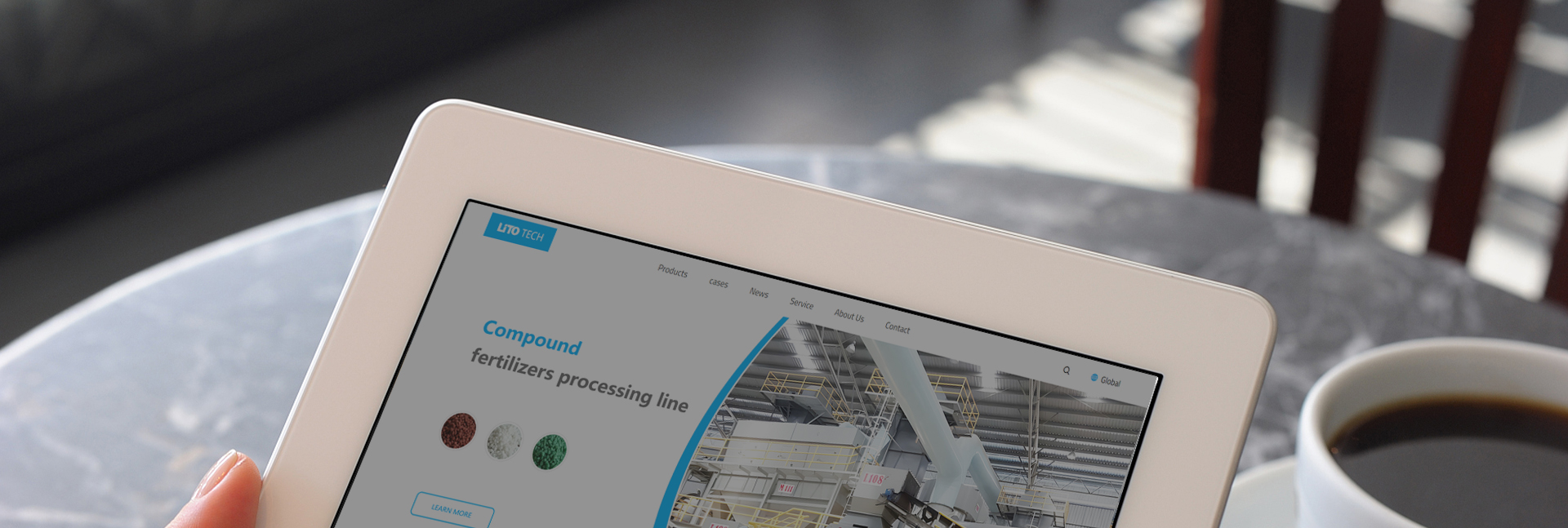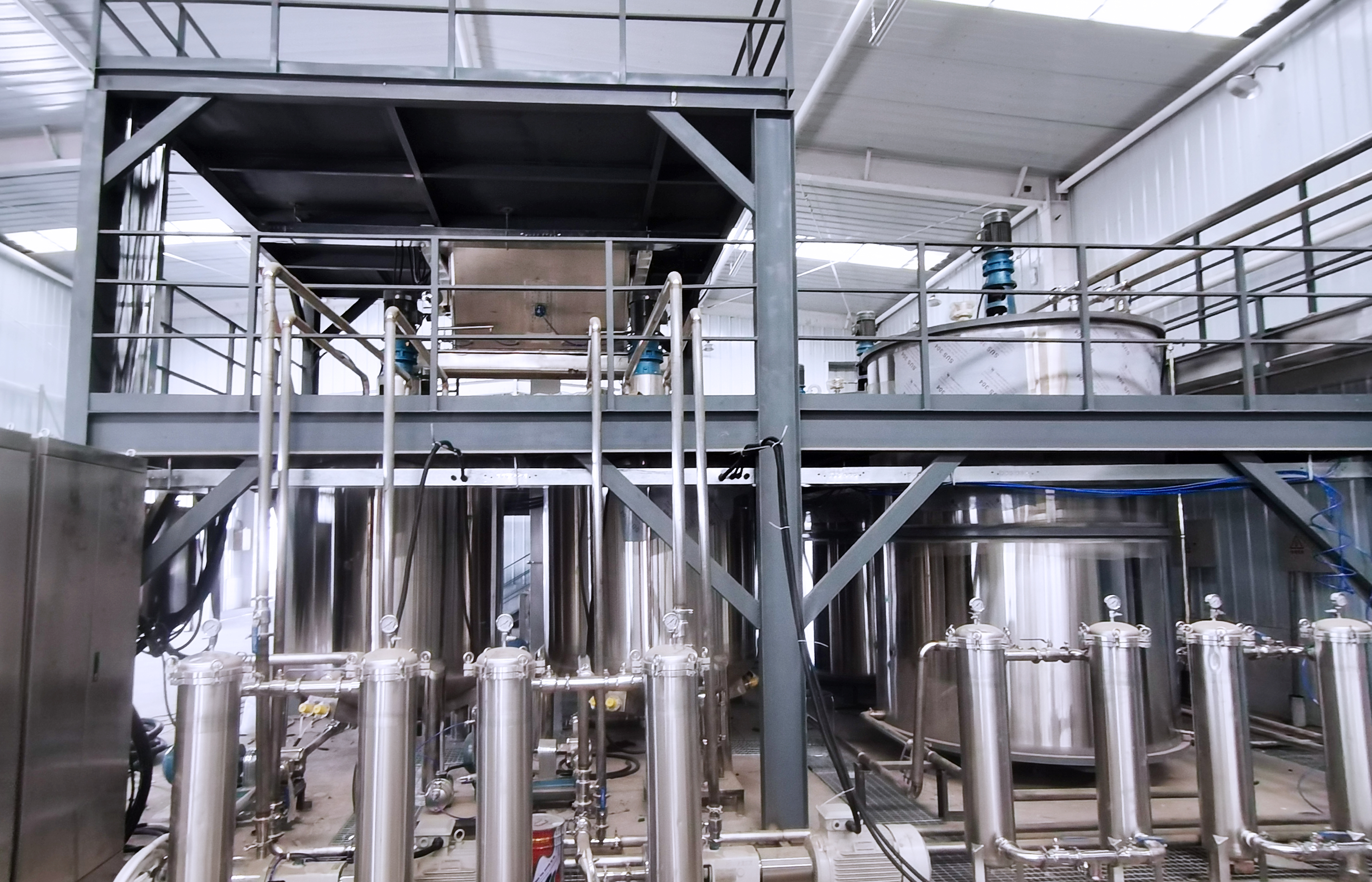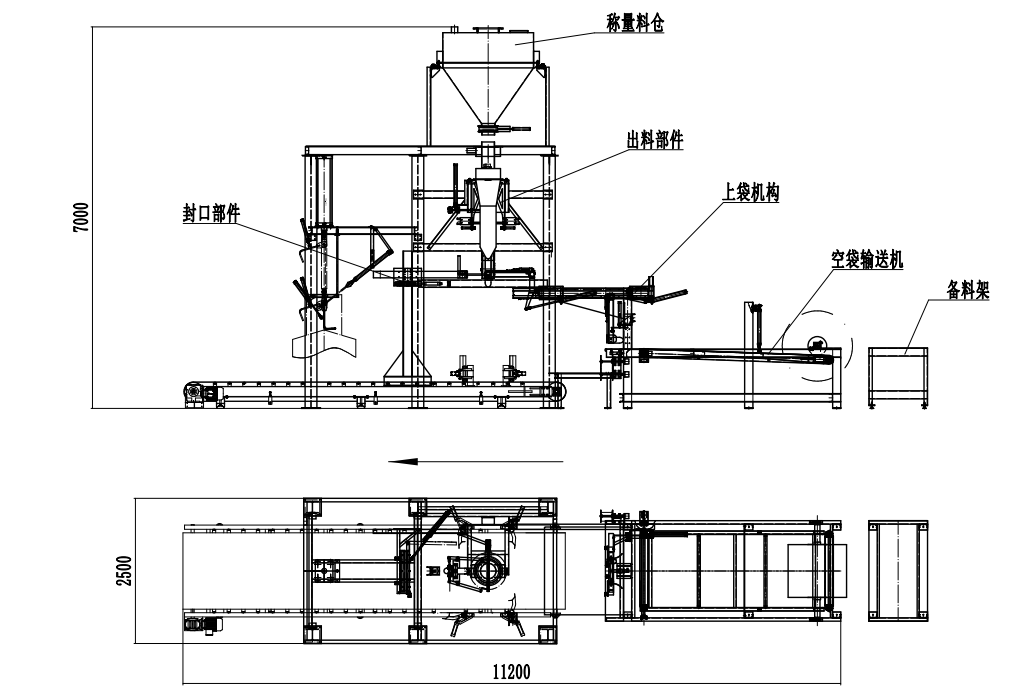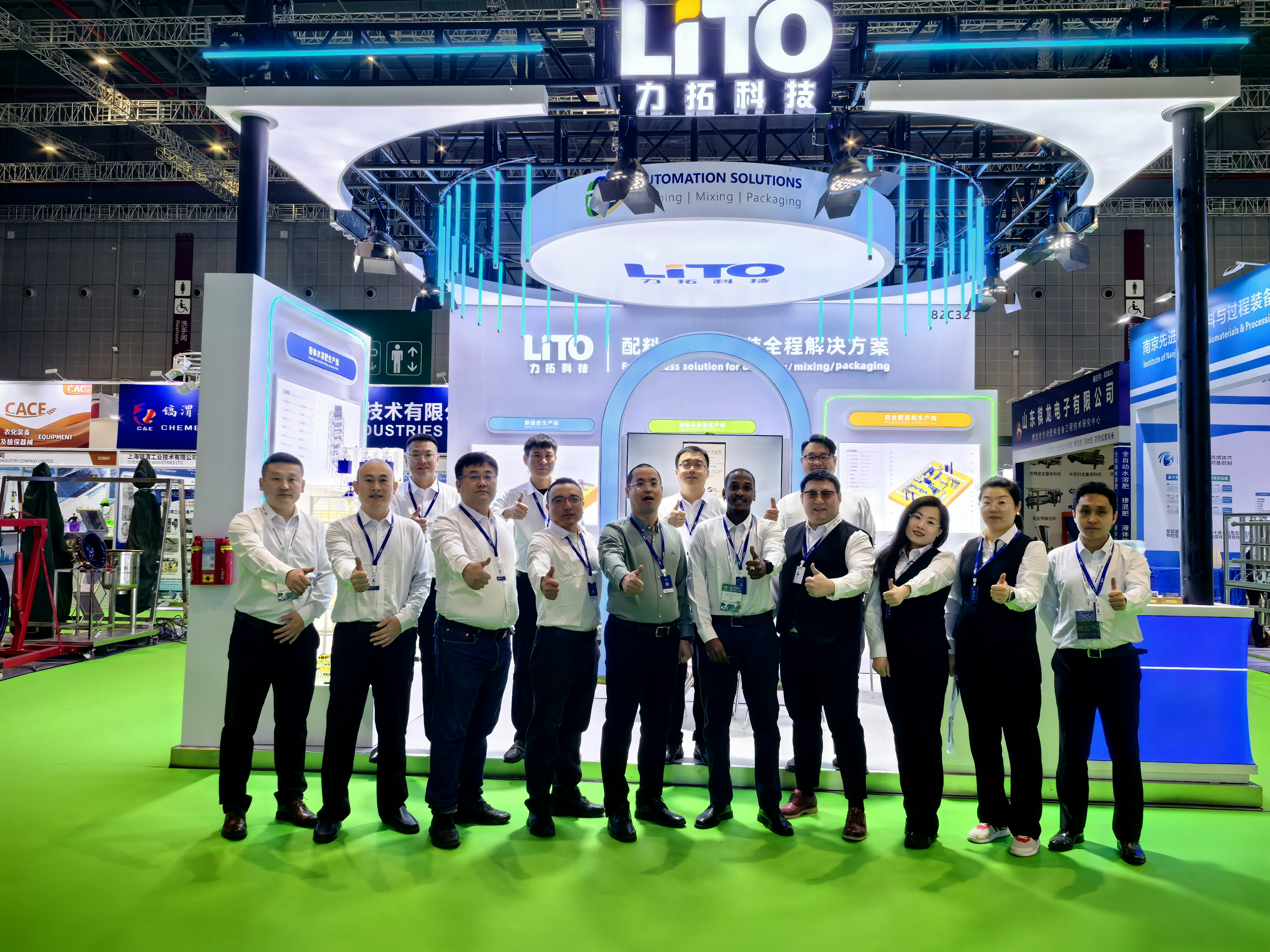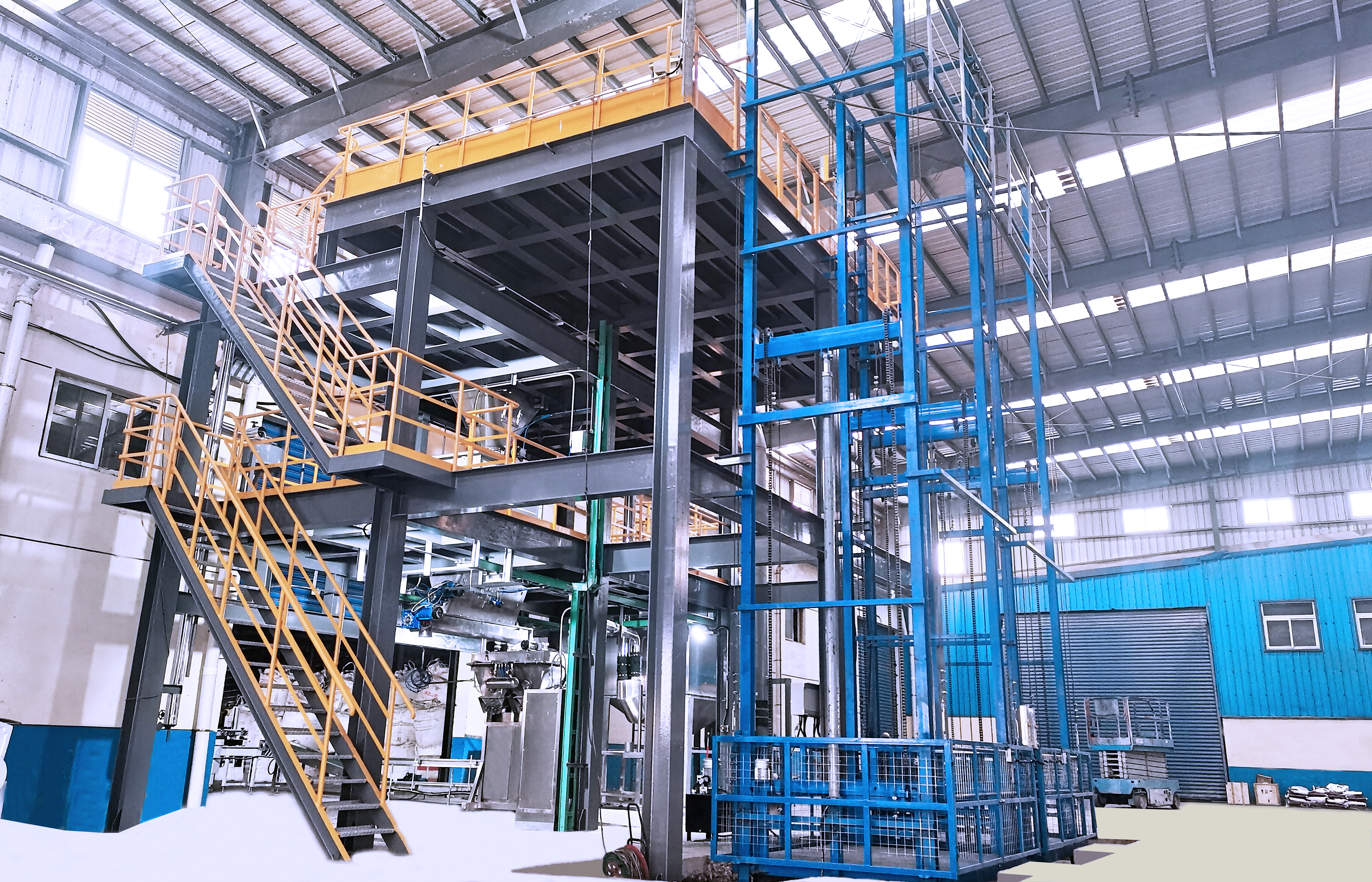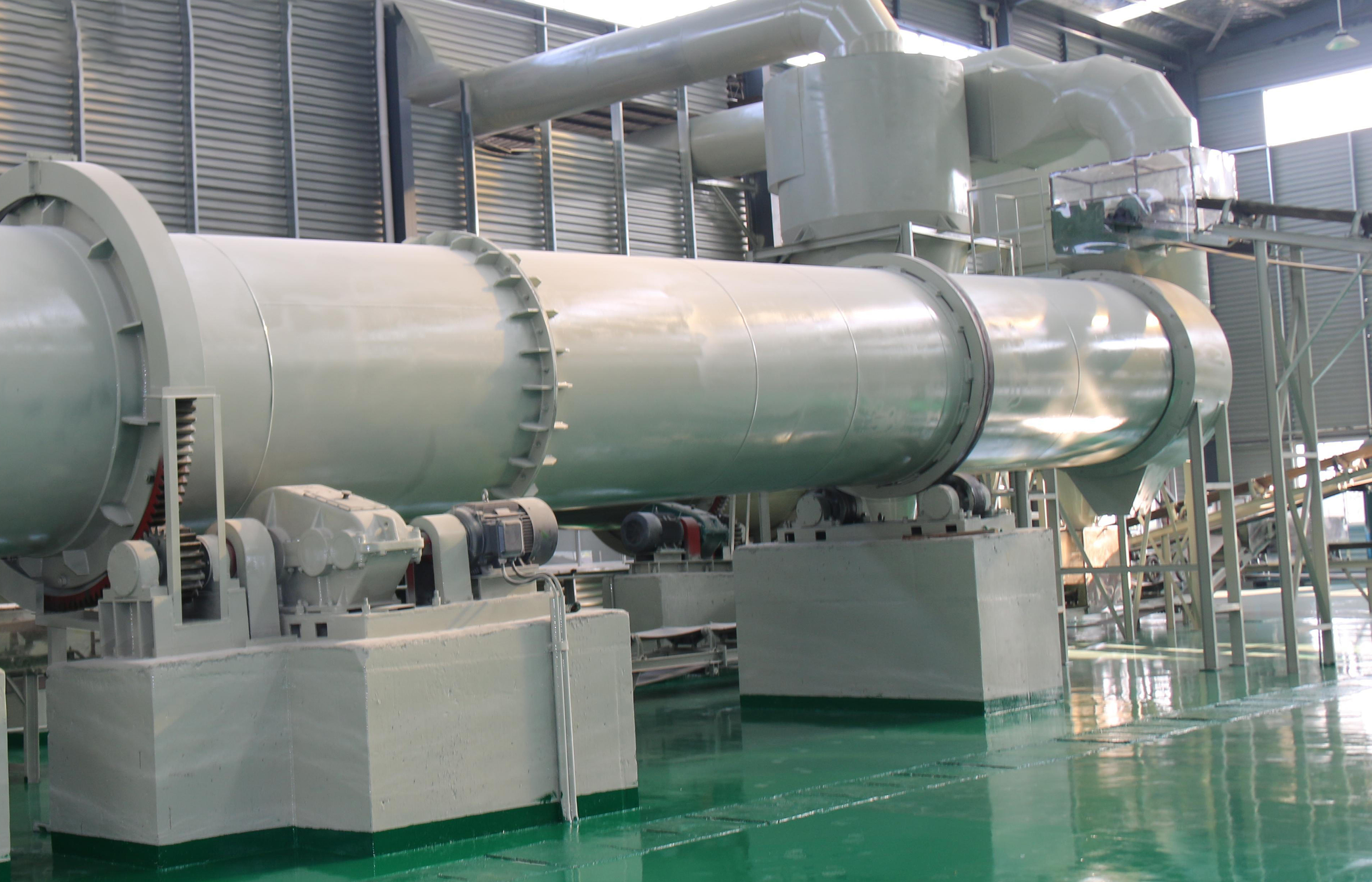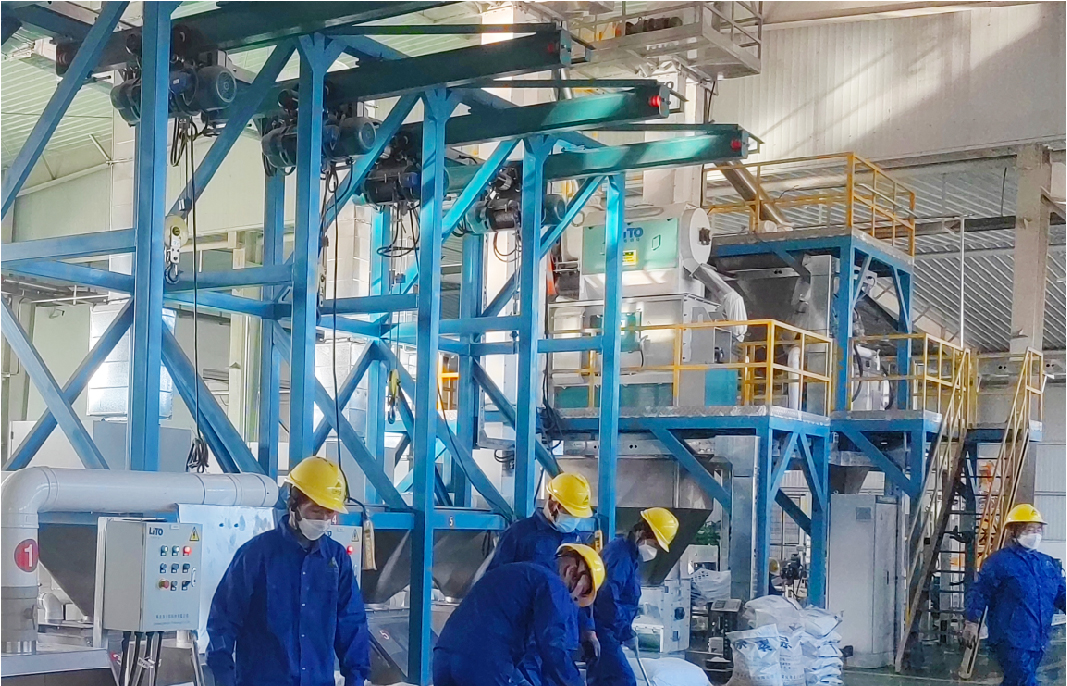What are the characteristics of water-soluble fertilizers containing a large amount of elements
1. The raw material is ultra pure, impurity free, and has low conductivity. It can be applied to various economic crops such as vegetables, flowers, fruit trees, tea, cotton, tobacco, lawns, etc
2. Balance the 15 elemental ratios required for plants
3. Complete water solubility, excellent purity, suitable for fertilization system. Can be used for bottom application, drip irrigation, sprinkler irrigation, foliar spraying. Long term application does not cause soil acidification or compaction
4. Good compatibility can be mixed with most pesticides except for strong alkaline pesticides to reduce operating costs
5. Trace elements exist in chelated form in products and can be absorbed by plants
usage method:
Do not apply compound fertilizer directly according to the method of flushing, but adopt the secondary dilution flushing method. Some farmers directly apply water-soluble fertilizer according to the method of applying general compound fertilizer, resulting in uneven fertilizer application. Vegetables with high fertilizer application may suffer from root damage and yellowing, while vegetables with low fertilizer application may have their growth affected. Water soluble fertilizers have higher nutrient content and lower usage than general compound fertilizers, usually 8-10 kilograms per mu is sufficient. It is suggested that farmers can make a flushing bucket in advance, with a switch at the bottom of the bucket. Before flushing, the water-soluble fertilizer should be melted in the flushing bucket, the amount of fertilizer should be calculated, and the switch should be turned on to allow the fertilizer solution to flush along with the watering. In addition, farmers can directly use an electric spray as a container for diluting fertilizer solution to flush fertilizer. The purpose of secondary dilution flushing is to ensure that flushing fertilizer is uniform and fertilizer utilization rate is increased
Water soluble fertilizer is actually formula fertilizer, which is formulated according to different crops, soils, and water quality to maximize crop nutritional needs, increase fertilizer utilization, and reduce waste. Therefore, formula is the key to identifying the quality of water-soluble fertilizer.
For example, the commonly used high potassium formula controls the ratio of nitrogen: phosphorus: potassium at 2:1:4 according to the nutritional requirements of general crops during the fruiting period, and the effect will vary greatly depending on the ratio. You can take a look at the products with good performance in the market, such as the Old Station Master water-soluble fertilizer of Mantianxing and the Baolifeng water-soluble fertilizer of Haifa, which all follow this ratio. Secondly, check if the trace elements are completely incomplete and if the ratio is reasonable. A good water-soluble fertilizer should contain all six trace elements and have a scientific ratio, because there is an antagonistic and synergistic problem between each nutrient element. It is not enough to have a high content of one or several elements, but to have a scientifically reasonable ratio. There are many water-soluble fertilizers in the Chinese market with relatively high levels of individual trace elements such as boron and iron, which may not necessarily be good and have high absorption and utilization rates.
